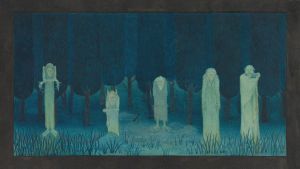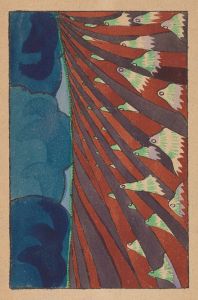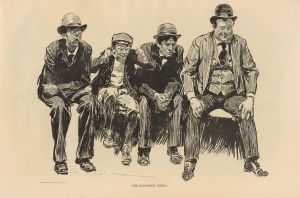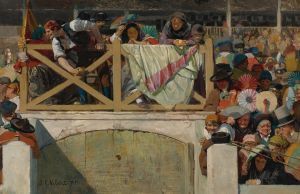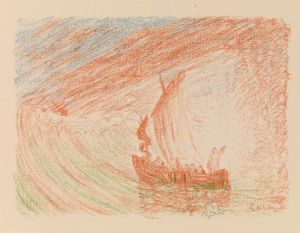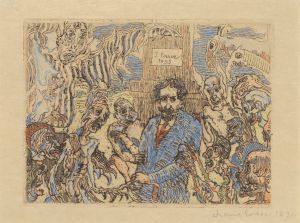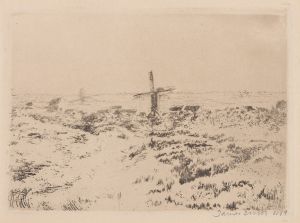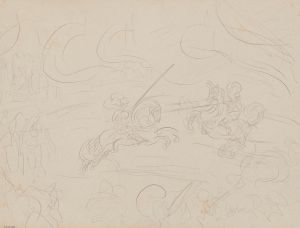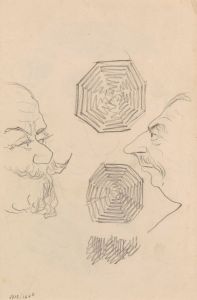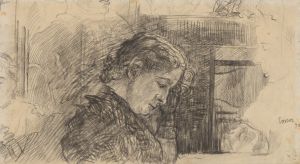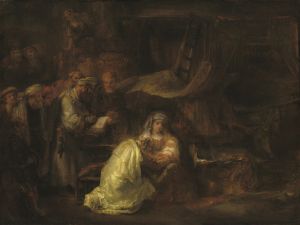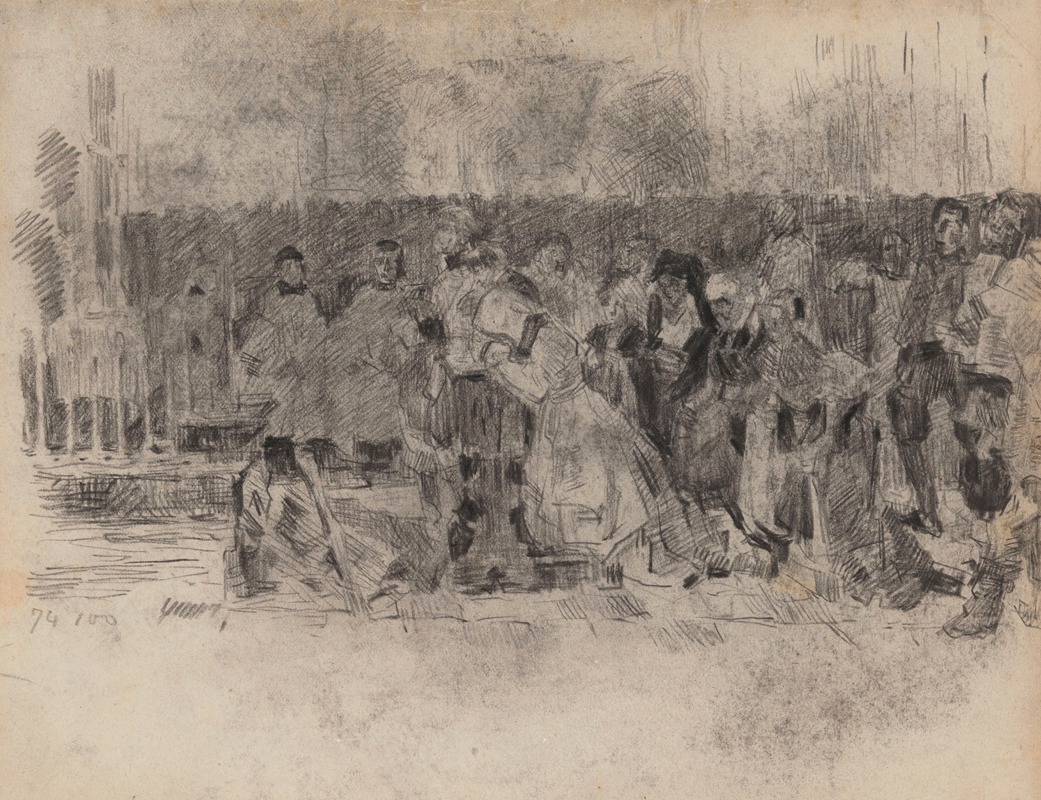
Masses for Berthal de Haze
A hand-painted replica of James Ensor’s masterpiece Masses for Berthal de Haze, meticulously crafted by professional artists to capture the true essence of the original. Each piece is created with museum-quality canvas and rare mineral pigments, carefully painted by experienced artists with delicate brushstrokes and rich, layered colors to perfectly recreate the texture of the original artwork. Unlike machine-printed reproductions, this hand-painted version brings the painting to life, infused with the artist’s emotions and skill in every stroke. Whether for personal collection or home decoration, it instantly elevates the artistic atmosphere of any space.
James Ensor's painting "Masses for Berthal de Haze" is a notable work by the Belgian artist, who is renowned for his unique and often provocative style that blends elements of symbolism, expressionism, and surrealism. Ensor, born in 1860 in Ostend, Belgium, is celebrated for his vivid imagination and his ability to convey complex themes through his art.
"Masses for Berthal de Haze" is a painting that reflects Ensor's fascination with themes of death, the macabre, and the grotesque. Ensor often used these themes to critique societal norms and the hypocrisy he perceived in the world around him. His works frequently feature skeletons, masks, and other eerie imagery, which are intended to provoke thought and elicit strong emotional responses from viewers.
The painting itself is characterized by Ensor's distinctive use of color and composition. He employs a vibrant palette, with bold and sometimes jarring contrasts that draw the viewer's eye and create a sense of unease. The figures in the painting are depicted in a somewhat distorted and exaggerated manner, which is typical of Ensor's style and serves to heighten the surreal and unsettling atmosphere of the work.
Ensor's technique in "Masses for Berthal de Haze" showcases his skillful use of light and shadow to create depth and dimension. The interplay of light and dark areas in the painting adds to the overall dramatic effect and helps to convey the somber and eerie mood that Ensor intended.
The subject matter of the painting, while not explicitly detailed in historical records, can be inferred to align with Ensor's broader body of work, which often explores themes of mortality, the afterlife, and the human condition. Ensor's fascination with these themes is evident in many of his other works, such as "The Skeletons Fighting Over a Pickled Herring" and "The Entry of Christ into Brussels in 1889," both of which also feature his characteristic blend of the grotesque and the satirical.
James Ensor's influence on the art world extends beyond his own time, as his innovative approach to subject matter and technique has inspired subsequent generations of artists. His work is considered a precursor to various modern art movements, including surrealism and expressionism, and his ability to convey complex and often unsettling themes through his art continues to be celebrated and studied by art historians and enthusiasts alike.
"Masses for Berthal de Haze" remains an important piece within Ensor's oeuvre, exemplifying his unique artistic vision and his ability to challenge and engage viewers through his provocative and thought-provoking imagery. While specific details about the painting's creation and its exact meaning may not be fully documented, it stands as a testament to Ensor's enduring legacy as a master of the macabre and the surreal.





